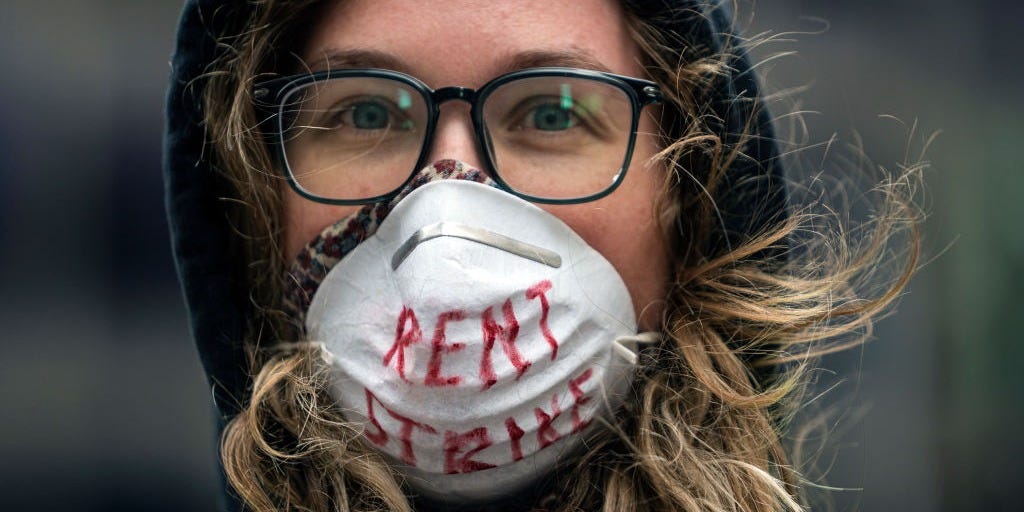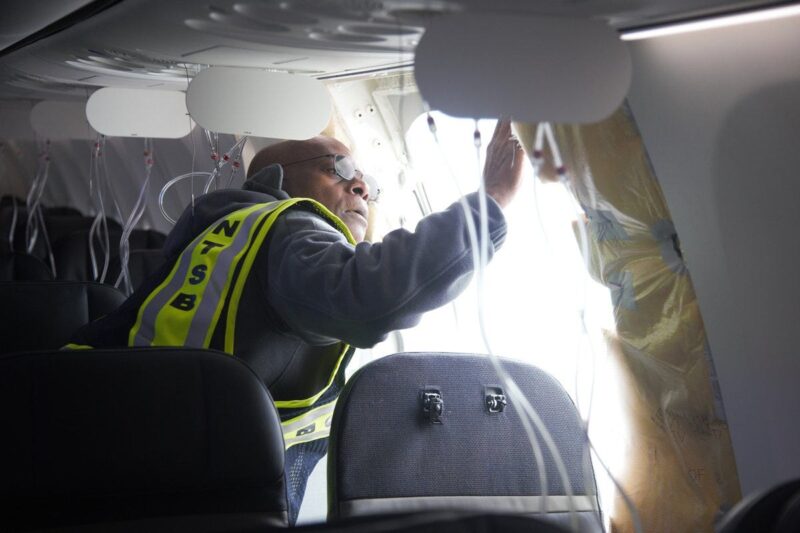- As the federal moratorium on evictions nears its expiration, experts are worried there could be a homelessness crisis.
- Twenty percent of the 110 million Americans who live in rented homes are at risk of eviction by the end of September, The Aspen Institute reported.
- The issue is especially expected to hit Black and Hispanic renters hard.
- Visit Business Insider’s homepage for more stories.
As many as 20% of the 110 million Americans who live in rented homes are at risk of eviction by the end of September, The Aspen Institute reported last month citing data from the COVID-19 Eviction Defense Project.
That project estimated somewhere between 19 to 23 million American renters could be evicted depending on the unemployment rate. The report uses a model that combined data on renter households’ income, savings, and housing cost burden.
The federal government banned evictions in federally assisted properties until July 25. (However, The Post notes that it has been unevenly enforced.) Additionally, cities and states put their own measures to ensure renters are protected but the vast majority of those orders have begun to expire in June, CNBC reported.
The unemployment rate was 11.1 % in June – as the virus continues to surge in multiple states forcing some businesses to close again – and the ending of extended unemployment benefits on July 31 is likely to compound the issue of Americans being able to pay rent.
Black and Hispanic renters are expected to be hit harder
According to an April 2019 report from the National Low-Income Housing Coalition, Black and Hispanic households are more likely to be extremely low-income renters and make at or below the poverty line or 30% of their area's median income. They already face a shortage of affordable living options, the Coalition reported. One in five Black households and 16% of Hispanic households qualify as extremely low-income renters.
"If you look at the COVID pandemic and the health outcomes, the economic outcomes, that is hitting Black and brown people very hard," Peter Hepburn, a research fellow at Princeton University's Eviction Lab told The Post. "And that is likely to be seen in the housing market as well."
According to an analysis of responses from a Census Bureau survey by Urban.org, around 44% of adult Latinx or Hispanic respondents said they had no or slight confidence they could pay their rent next month or were likely todefer="defer"payment. For Black renters, it was 41%. The statistics are from data collected between May 28 and June 9.
State and city moratoriums are already expiring
In Pennsylvania, the state's moratorium on evictions is set to expire on Friday, and some are worried there could be a homelessness crisis to follow, The Reading Eagle reported.
Like much of the state, Berks County has seen a record number of jobless claims and a slowed backlogged state unemployment department that's been very slow to process or provide benefits.
Officials are concerned that hundreds of people haven't paid rent in months.
"We think there will be a considerably large number of people facing eviction when the moratorium is finally lifted," Kenneth Pick, executive director of the county redevelopment authority told the Eagle, adding that it is still unclear just how big the problem will be. "No one has been able to figure it out because no one has been able to file evictions."
According to The Post, Milwaukee could be an example of what the rest of the country could look like. Moratoriums were lifted in Wisconsin on May 27. The Milwaukee Journal Sentinel reported in the first two weeks of June eviction filings rose by 42% across the state compared to last year.
Officials in the state are still worried the number of evictions could increase especially at the end of the month when federal eviction bans expire.
Additionally, data collected by the Eviction Lab research group. shows that in June almost 1,300 eviction cases were filed in Milwaukee as of June 27, an increase of 13% compared to last year. According to The Post, almost two-thirds of those eviction cases were in majority-Black neighborhoods.
"Milwaukee is the future. A lot of these other cities are just beginning to ramp up their capacity to process cases again," Hepburn told the Post.










